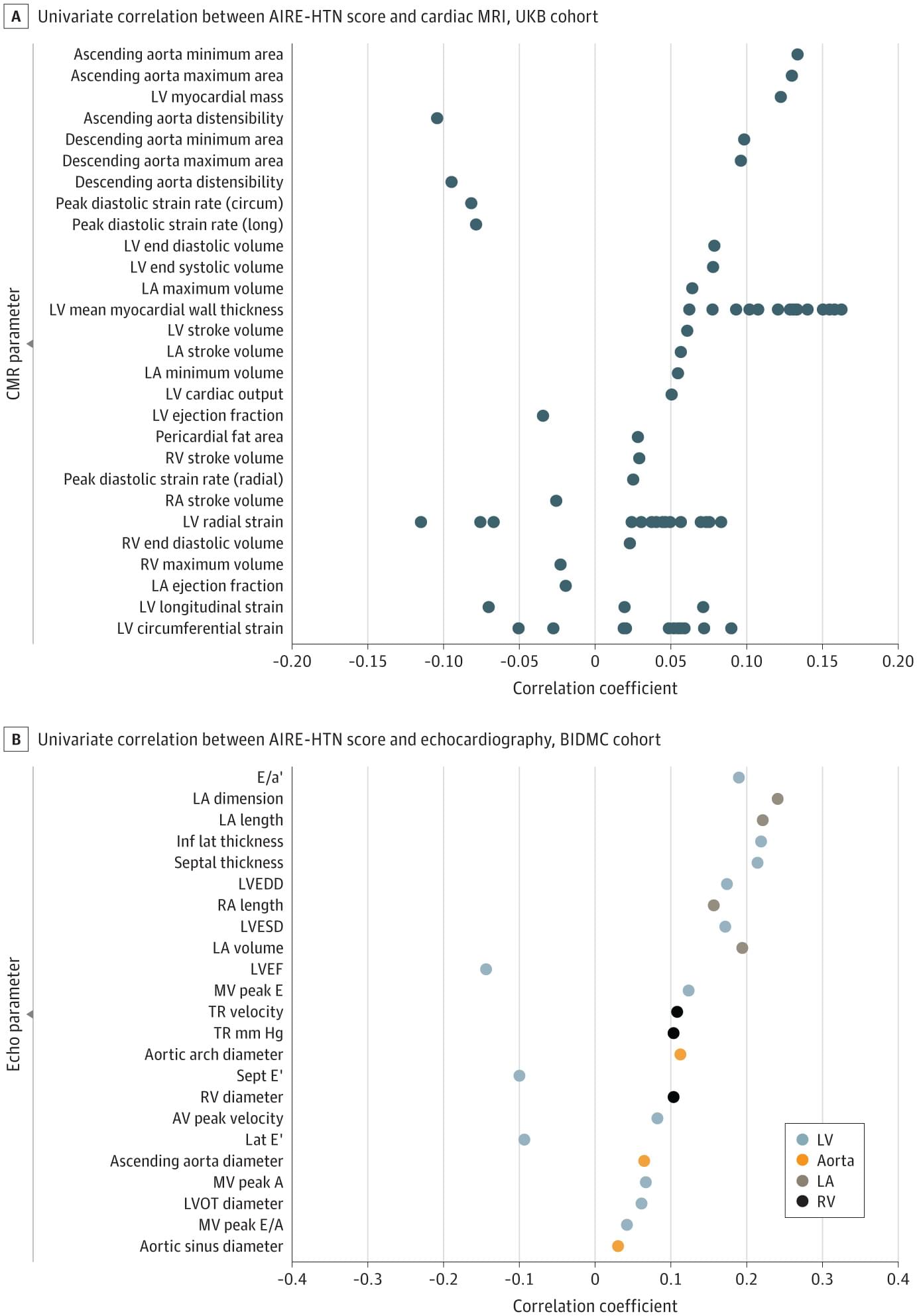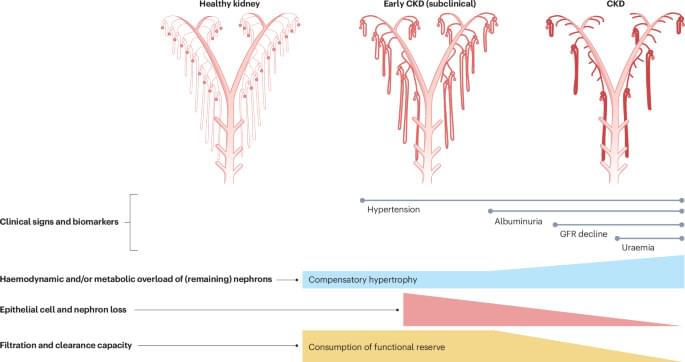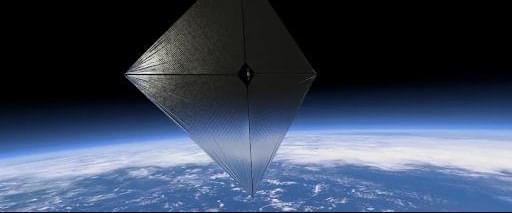Question Can an electrocardiography (ECG)–based artificial intelligence risk estimator for hypertension (AIRE-HTN) predict incident hypertension and stratify risk for incident hypertension-associated adverse events?
Findings In this prognostic study including an ECG algorithm trained on 189 539 patients at Beth Israel Deaconess Medical Center and externally validated on 65 610 patients from UK Biobank, AIRE-HTN predicted incident hypertension and stratified risk for cardiovascular death, heart failure, myocardial infarction, ischemic stroke, and chronic kidney disease.
Meaning Results suggest that AIRE-HTN can predict the development of hypertension and may identify at-risk patients for enhanced surveillance.







